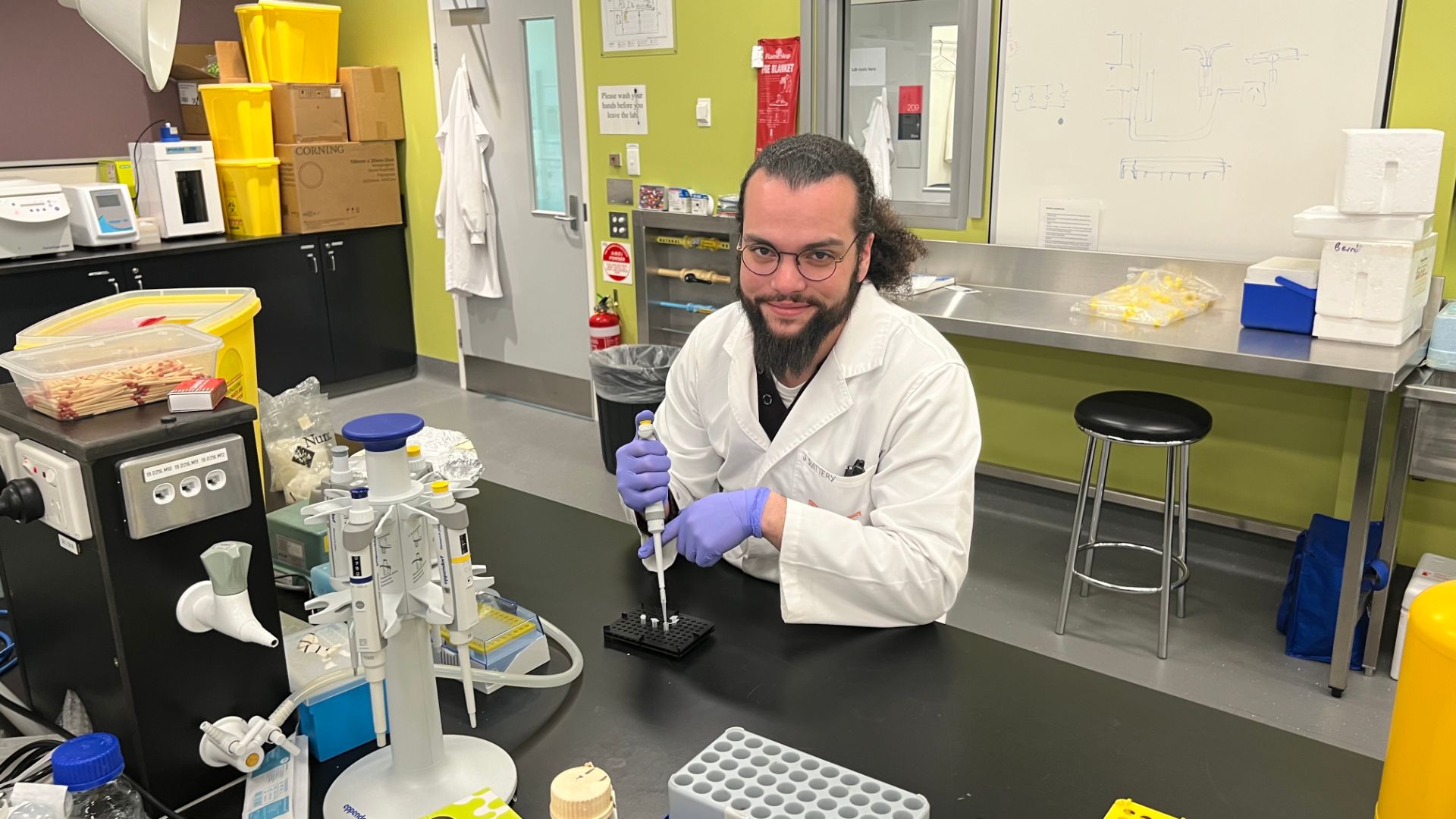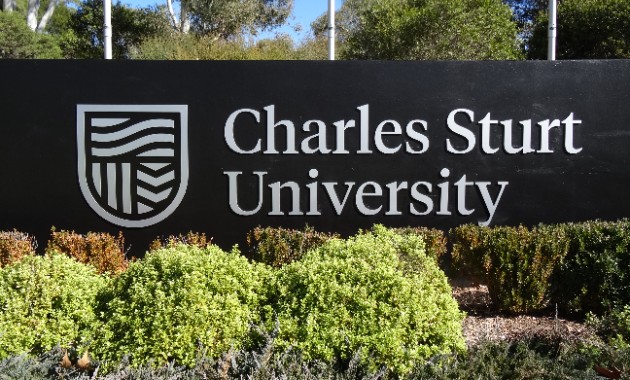- Charles Sturt University PhD student conducts breakthrough research into gum disease
- He has discovered a simple way to detect a parasite linked to periodontal disease during a dental visit
- The student used CRISPR technology, developed for gene editing, to detect the parasite and adds to the global conversation about CRISPR-based diagnostics
A Charles Sturt University PhD student has found a simple way to detect a parasite, thought to be a potential cause of gum disease and adult tooth loss, during a routine dental check.
The parasite Trichomonas tenax has long been associated with periodontal disease but current tests for the parasite are time-consuming and expensive.
Mr Joshua Slattery (pictured) is currently studying a Doctor of Philosophy (Science) in the Charles Sturt Rural Health Research Institute (RHRI) in Orange and is expanding on the work he started with his Honours project.
Mr Slattery has previously completed a Bachelor of Clinical Science (2017), Bachelor of Medical Laboratory Science (Pathology) and Bachelor of Science (Honours), all with Charles Sturt.
His honours project developed a precise and accurate, yet simple and cheap, test for the single-celled oral parasite Trichomonas tenax using CRISPR-based technology.
In Australia, over half of adults are affected by gum disease, whether its mild inflammation (gingivitis) or the more serious periodontitis.
Mr Slattery and his team have developed a simple test to facilitate research on the parasite and provide a practical test for dentists and other clinicians.
The research team designed a system that lights up when the parasite is present, even in miniscule amounts.
The PhD project will expand on these findings by working on turning this into a simple test strip, similar to a COVID-19 rapid test, that could be used in clinics or in the field.
“Gum disease is the number one reason adults lose their teeth around the world,” Mr Slattery said.
“This innovation not only helps improve dental care but also highlights Charles Sturt University’s commitment to hands-on research and making a difference in regional communities.”
Mr Slattery is being supervised by Charles Sturt Faculty of Science and Health Lecturer in Medical Science Dr Martin Pal and Lecturer in Oral Surgery and Anatomy Dr Noel Ye Naung and the Rural Health Research Institute’sAssociate Professor Bernd Kalinna and Professor Anna Walduck.
Dr Pal said Mr Slattery’s work adds to the global conversation about CRISPR-based diagnostics and shows how regional universities are training the next generation of health professionals.






Social
Explore the world of social